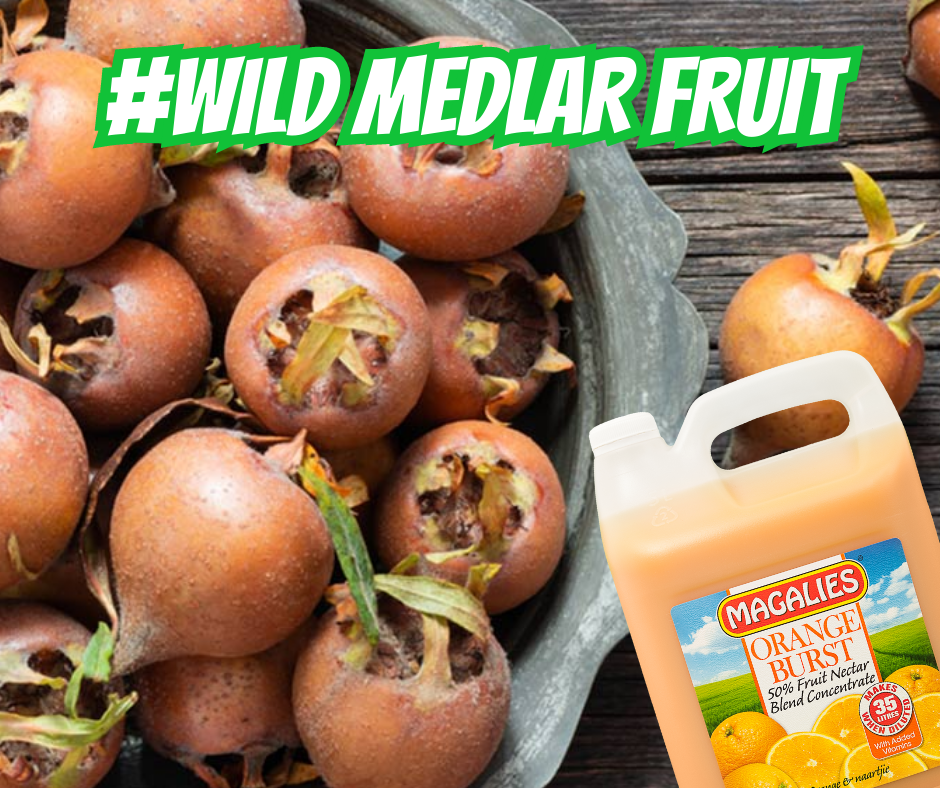by Dr. Marli Botha
According to the Department: Agriculture, Forestries and Fisheries (DAFF), these are considered the most important South African indigenous fruit crops: Marula, mobola plum, red milkwood fruit, wild medlar, kei apple, monkey orange, sour fig and sour plum. Today’s Hero is the Wild Medlar.
Here are some facts for the Wild Medlar.
1. Commonly known as wild medlar (Eng.); wilde mispel (Afr.); mpfilwa (Tsonga & Shangaan); mmilo (Northern Sotho); muzwilu, mavelo (Venda); umviyo, umtulwa (Zulu); umvilo (Xhosa); umbizo, umviyo (Ndebele); mmilo, mothwany (Tswana); umvile, amantulwane (Swati).
2. The fruit is edible and has a pleasant sweet-sour but mealy taste, some people compare it to the taste of an overripe red apple. The fruits are harvested during mid – late summer, from January to April. The remains of the old flower base can be seen on the tip of the fruit.
3. If mixed with a little water and sugar it produces an acceptable substitute for apple sauce. According to Betsie Rood (1994) vinegar can be produced from the fruit. (Kos uit die veldkombuis. Tafelberg, Cape Town.)
4. The wood has a fine texture, but is very hard. It has a white, slightly pink-tinted sapwood. The core is brownish. The annual rings are clearly visible.
5. Unripe fruits have a relatively high tannin content of about 2.6% and are therefore used for tanning. The tannin causes flocculation of proteins, enabling its use to reduce the turbidity of wine.

























